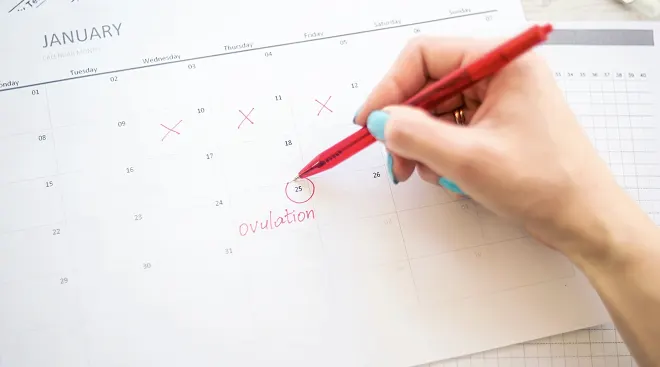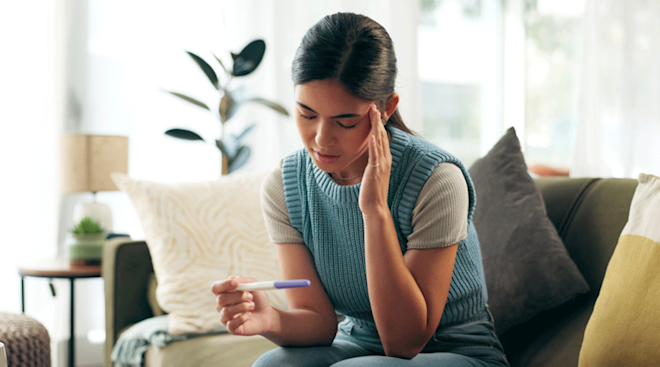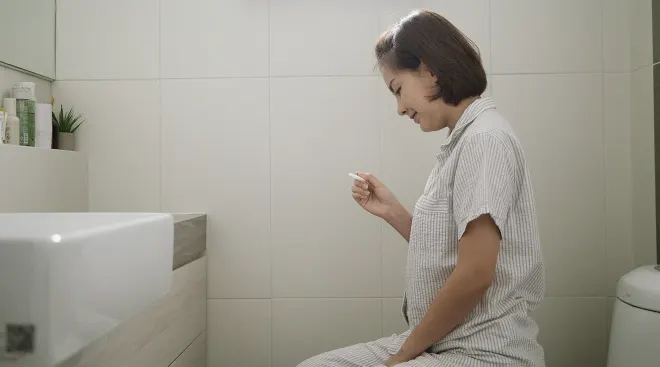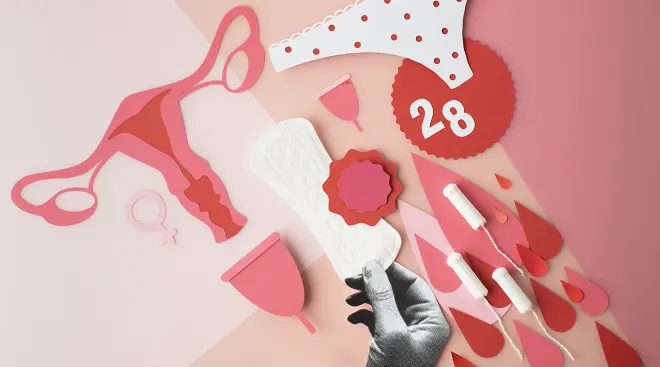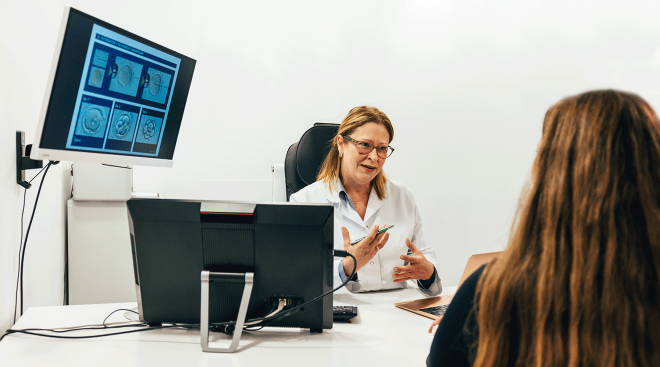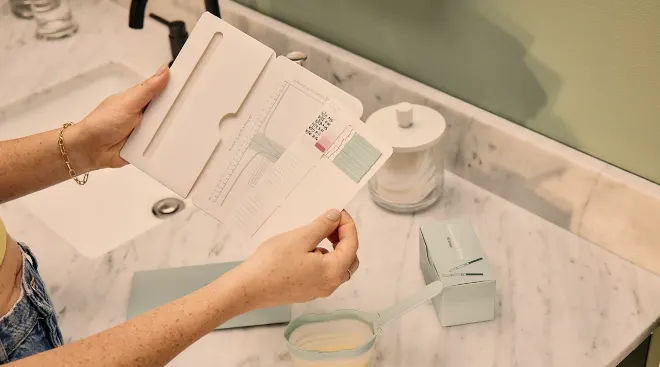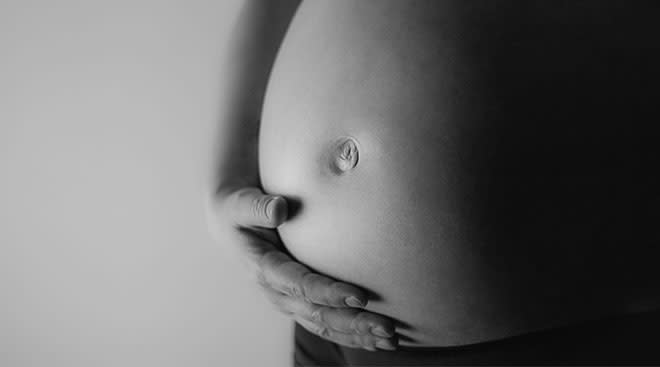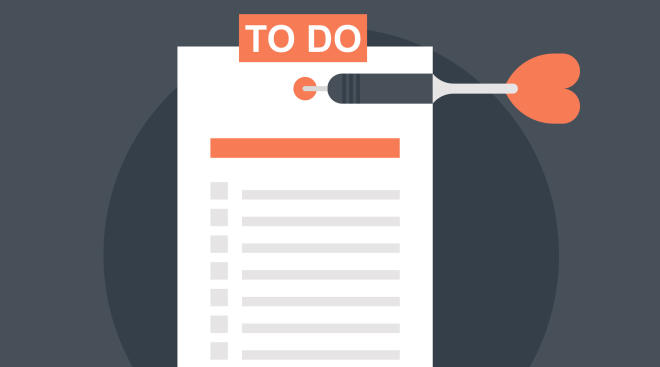How Dogs May Help Scientists Learn More About Male Fertility
Environmental contaminants in our home and diets have the same harmful effects on male fertility in both humans and dogs, a new study conducted by the University of Nottingham suggests.
Environmental contaminants are those chemicals that accidentally or deliberately enter the environment, often as a result of human activities.
Nottingham researchers wanted to test the effects of two specific human-made chemicals: DEHP, which is found in carpets, flooring, upholstery, clothes, wires, toys, etc., and polychlorinated biphenyl 153, which although banned globally, remains widely detectable in the environment including food.
They carried out identical experiments using samples of sperm from donor men and dogs living in the same region of the UK, and concluded that the chemicals have the same damaging effect on sperm in both men and male dogs.
"This new study supports our theory that the domestic dog is indeed a ‘sentinel’ or mirror for human male reproductive decline and our findings suggest that human-made chemicals that have been widely used in the home and working environment may be responsible for the fall in sperm quality reported in both man and dog that share the same environment,” study leader Richard Lea says.
Previous studies from Nottingham had already found a link between modern-day chemicals in the home and fertility rates in dogs. But this new paper shows there may be a link between household pets and their male owners.
“We know that when human sperm motility is poor, DNA fragmentation is increased and that human male infertility is linked to increased levels of DNA damage in sperm. We now believe this is the same in pet dogs because they live in the same domestic environment and are exposed to the same household contaminants,” says Rebecca Sumner, who also participated in the study. “This means that dogs may be an effective model for future research into the effects of pollutants on declining fertility, particularly because external influences such as diet are more easily controlled than in humans.”
All the more reason to love our pets. Speaking of, check out a cuteness overload in these photos of babies with their furry friends.
Please note: The Bump and the materials and information it contains are not intended to, and do not constitute, medical or other health advice or diagnosis and should not be used as such. You should always consult with a qualified physician or health professional about your specific circumstances.
Navigate forward to interact with the calendar and select a date. Press the question mark key to get the keyboard shortcuts for changing dates.

































